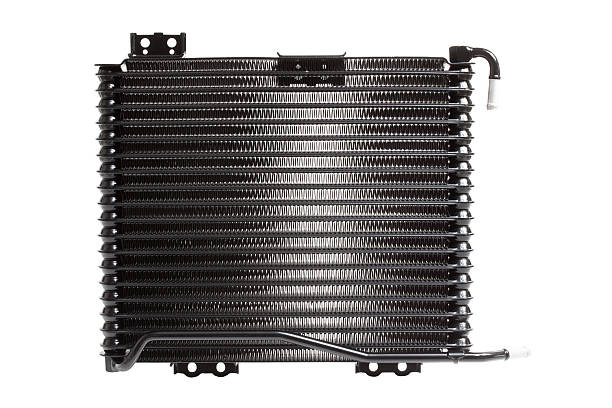Dissecting the Art of Engine Downsizing: Power, Efficiency, and the Future
Imagine a world where small engines roar with the power of their larger counterparts, where efficiency and performance coexist seamlessly. Welcome to the world of engine downsizing, a technological marvel that is reshaping the automotive industry. In the early days of the automobile, big engines were synonymous with power. However, as fuel economy and emissions standards became more stringent, carmakers had to think outside the box. The concept of engine downsizing emerged as a solution. Initially, this technique involved reducing the engine's size and cylinder count while maintaining performance through turbocharging. But as technology progressed, engineers found ingenious ways to squeeze even more power out of smaller engines.

The Mechanics behind Engine Downsizing
The science behind engine downsizing is fairly straightforward. By reducing the engine size, manufacturers reduce the amount of fuel needed for combustion, leading to improved fuel efficiency. However, to maintain performance, these smaller engines are often turbocharged. This process forces more air into the combustion chamber, allowing more fuel to be burned and thus generating more power. The result? A small engine that performs like a much larger one, offering both fuel economy and high performance.
Current Trends and Insights in Engine Downsizing
Today, engine downsizing is more than just a trend—it’s an industry standard. From luxury cars to compact hatchbacks, downsized engines are everywhere. Interestingly, recent research suggests that there’s a limit to how small engines can get while still maintaining performance. In response, engineers are now focusing on optimizing the efficiency of existing downsized engines, particularly in terms of heat management and reducing turbo lag.
The Impact of Engine Downsizing: Pros and Cons
Engine downsizing offers significant benefits, including improved fuel efficiency, reduced emissions, and often, a surprising amount of power. However, it also presents challenges. For instance, downsized engines tend to generate more heat, which can lead to reliability issues if not properly managed. Additionally, while downsized engines perform well in lab tests, some experts argue that they may not deliver the same fuel efficiency in real-world driving conditions.
The Future of Engine Downsizing
Looking ahead, engine downsizing is likely to continue playing a crucial role in the automotive industry. Advances in materials science and engineering are expected to further enhance the efficiency and performance of downsized engines. Additionally, the rise of hybrid technology presents exciting possibilities for combining downsized engines with electric motors to further boost efficiency and reduce emissions.
In conclusion, engine downsizing represents a fascinating intersection of power, efficiency, and technological innovation. As carmakers strive to balance performance with environmental responsibility, it’s clear that this technique will continue to drive the industry forward.




